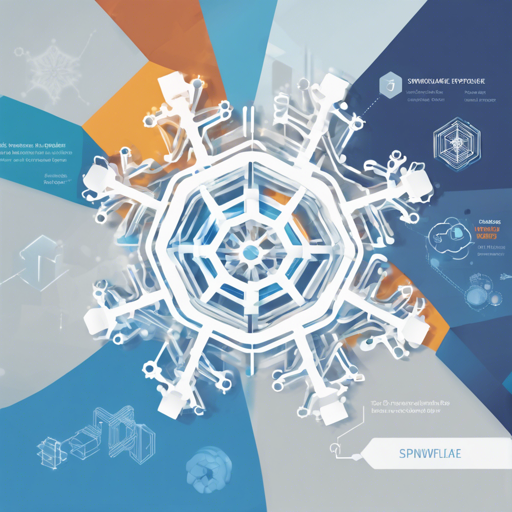Welcome to the world of Snowflake, the powerful SVG toolkit in Swift! In this guide, we’ll take you through the installation process, usage, and some trouble-shooting tips so you can get started smoothly.
Understanding Snowflake
Snowflake is like a magician’s toolkit for handling SVGs in Swift. Imagine you want to create stunning graphical elements (SVG data) for your app. Snowflake lets you easily parse, create, and manipulate these SVGs, making it as simple as painting a picture on a canvas.
Installation Guide
To get started with Snowflake, you can choose one of the following installation methods:
- **CocoaPods:** Add the following line to your Podfile:
pod 'Snowflake', git: 'https://github.com/onmyway133/Snowflake' - **Carthage:** Write the following line in your Cartfile:
github "onmyway133/Snowflake" - **Manual Installation:** Download the source files and drop them into your project directory.
Using Snowflake
Once Snowflake is installed, you can start creating stunning SVG documents. Let’s break it down with some code snippets:
guard let path = Bundle.main.path(forResource: "xmas", ofType: "svg"),
let data = try? Data(contentsOf: URL(fileURLWithPath: path)),
let document = Snowflake.Document(data: data) else { return }
let view = document.svg.view(size: CGSize(width: 100, height: 100))
This snippet is akin to setting up an easel, lifting up your canvas, and preparing to paint. You’re first finding the SVG file (the canvas), reading its data, and creating a document that you can view and work with.
Creating Shapes
Shapes in SVG are created by defining attributes. Think of this as mixing colors before you start painting. Here’s how you handle shape attributes:
let attributes: [String: Any] = [
"fill": "#358245",
"stroke": "black",
"stroke-miterlimit": 10,
"d": "M308.3,102.3c4.5,8.2,9,16.2,13.2,24.3..."
]
let path = Path(attributes: attributes)
let layer = path.layer
You’re filling in details like color and shape dimensions before rendering your masterpiece.
Animating Shapes
Want to make your shapes come to life? Snowflake allows for animations via CALayers— think of it as the finishing touches that bring your painting to life!
(svgView.layer.sublayers as? [CAShapeLayer])?.forEach { layer in
let stroke = CABasicAnimation(keyPath: "strokeEnd")
stroke.fromValue = 0
stroke.toValue = 1
stroke.duration = 3
layer.add(stroke, forKey: nil)
}
Here, you’re animating the stroke of a shape, making it appear as if it’s being drawn in real-time.
Troubleshooting Tips
- If your SVG does not appear, check the path to ensure the file exists.
- Ensure that you have all the required attributes set correctly to see your shapes rendered.
- If you encounter animations not playing, confirm that you’ve referenced the correct layer properties.
For more insights, updates, or to collaborate on AI development projects, stay connected with fxis.ai.
Conclusion
At fxis.ai, we believe that such advancements are crucial for the future of AI, as they enable more comprehensive and effective solutions. Our team is continually exploring new methodologies to push the envelope in artificial intelligence, ensuring that our clients benefit from the latest technological innovations.
Now that you know how to use Snowflake, it’s time to unleash your creativity—enjoy crafting stunning SVG graphics in Swift!

